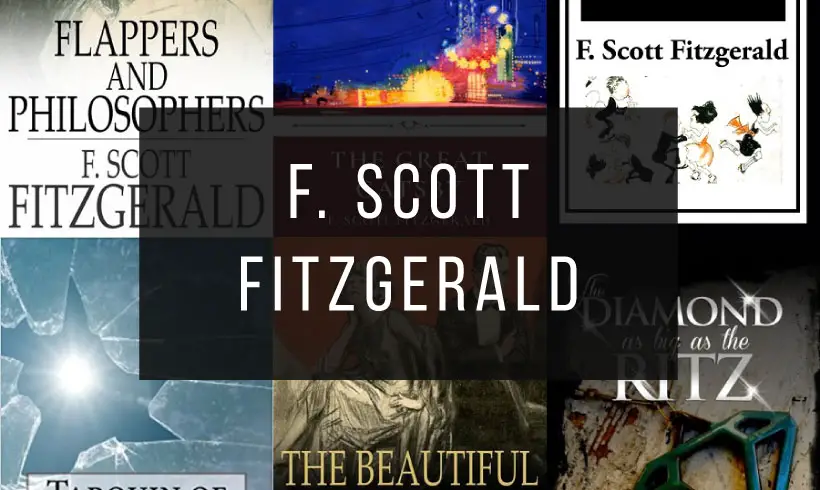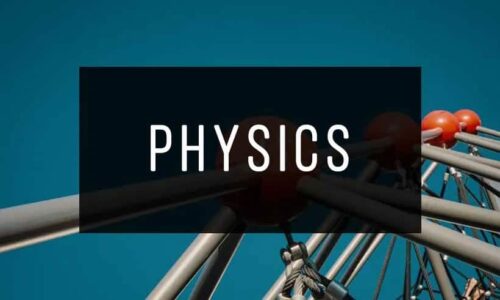Experience the glamour and heartbreak of the Jazz Age with our free collection of F. Scott Fitzgerald books in PDF format.
F. Scott Fitzgerald, one of America’s most iconic authors, captured the spirit of an era defined by ambition, excess, and the pursuit of the American Dream. His works are timeless reflections on love, wealth, and human longing.
From the dazzling The Great Gatsby to the poignant Tender Is the Night and his compelling short stories, F. Scott Fitzgerald’s writing blends lyrical prose with profound insight into the complexities of human nature.
Whether you’re revisiting a favorite classic or exploring his work for the first time, this collection offers a glimpse into the brilliance of a literary legend who defined a generation.
Download these F. Scott Fitzgerald books in PDF now and immerse yourself in the elegance and tragedy of his unforgettable storytelling.
1) Flappers and Philosophers
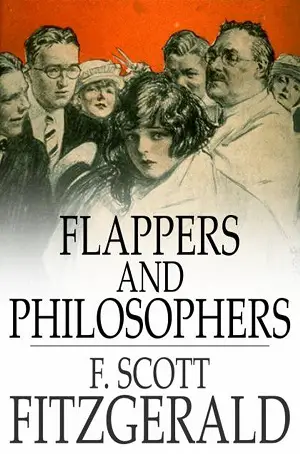
Flappers and Philosophers is a collection of eight short stories published in 1920. The stories are highly entertaining and vivid, mostly of young dreamers and broken dreams. The plots are intriguing, with metaphorical language and light irony.
Among the stories are "The Offshore Pirate", about a strong, rebellious nineteen-year-old who knows exactly who she is and what she wants. "The Ice Palace", in which a vivacious teenager visits a northeastern city in hopes of marriage, and discovers that she misses the southern city where she grew up. "Head and Shoulders", about a young academic drawn to love.
“The Cut-Glass Bowl”, about adultery, a sarcastic, dark allegory of fate. "Bernice Bobs Her Hair", about a nineteen-year-old girl who discovers herself. "Dalyrimple Goes Wrong", where a character is torn between himself and society, choosing to become a thief to make ends meet.
2) The Great Gatsby
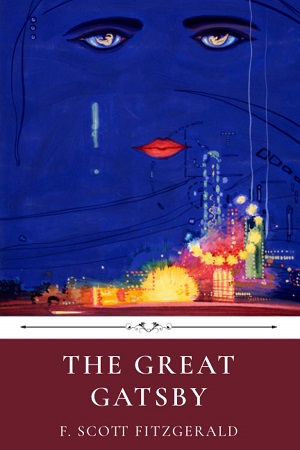
The Great Gatsby is a 1925 novel that follows a group of characters living in the fictional town of West Egg on affluent Long Island in the summer of 1922.
Controversy exists over the original author of the work, as Fitzgerald was repeatedly accused by novelist Zelda Sayre of plagiarizing entire passages from her diary and letters after she allowed him to read them while she was still his wife.
The story mainly concerns the young, mysterious millionaire Jay Gatsby and his quixotic passion and obsession for the beautiful Daisy Buchanan. Considered Fitzgerald's masterpiece, The Great Gatsby explores the themes of decadence, idealism, resistance to change, social upheaval and excess, creating a portrait of the jazz age, art deco or Roaring Twenties that has been described as a warning about the American dream.
3) Tales of the Jazz Age
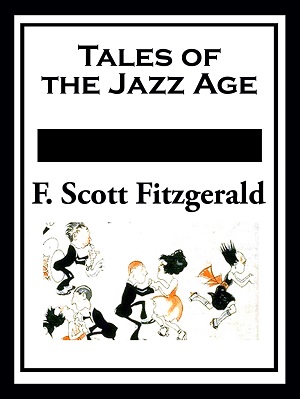
This is a collection of eleven short stories from 1922, divided into three parts according to their subject matter. From the first part, My Last Flappers, we have: "The Jelly-Bean", which introduces us to Jim Powell, a slacker with dreams of social advancement and love, the story is set in the town of Tarleton, Georgia.
"The Camel's Back", based on a real incident that occurred in St. Paul, Minnesota, in 1919. "May Day", recounts the events that took place in the spring of 1919, during the general hysteria that ushered in the Jazz Age. The second part, Fantasias, includes: "The Curious Case of Benjamin Button", inspired by a comment by Mark Twain in which he said that it was a pity that the best of life came at the beginning and the worst at the end.
The third part of Tales of The Jazz Age,Unclassified Masterpieces, contains the last 3 stories: "The Lees of Happiness", "Mr. Icky" and "Jemina".
4) Tarquin of Cheapside
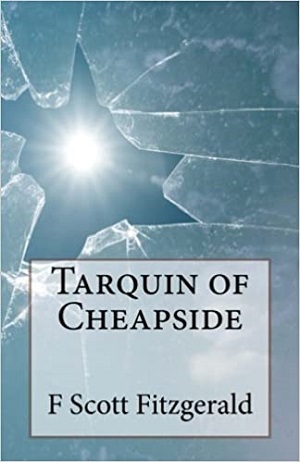
Tarquin of Cheapsideis a short story that introduces us to Wessel Caster, who is at home when he hears a knock on his door and upon opening it finds a very frightened man who quickly explains that he is running for his life and needs a place to hide.
Although Wessel has his doubts, he decides to help him, while wondering what situation has caused him to flee. Once the pursuers have left, Wessel demands that the stranger explain himself, which he does in written form. Then the protagonist proceeds to read it aloud as the story comes to an end.
While the story is intriguing, many may find this tale somewhat confusing or ambiguous, others may not even understand it the first time, but it should be noted that Fitzgerald wrote it during his college days, so expectations should be set with this in mind.
5) The Beautiful and Damned
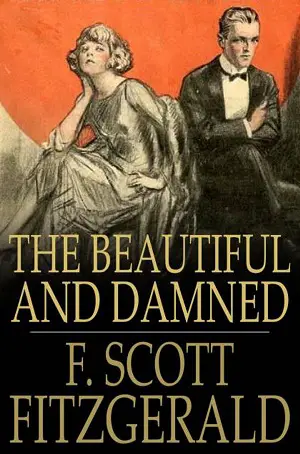
The Beautiful and Dammnedis the second novel written by F. Scott Fitzgerald and published in 1922.
Anthony Junior pretends to do nothing for a living but waits for the death of his multimillionaire grandfather, Adam Patch; he meets his wife Gloria through a writer friend, Dick, Gloria's cousin. They marry and then squander their money on trivial expenses, mostly partying.
The couple and their friends are American aristocrats living off family incomes. On one occasion, Anthony and Gloria are having a multi-day party when Anthony's grandfather pays them a surprise visit. From that moment on, catastrophe begins in the young man's life.
One event after another and bad decisions lead Anthony to a decadent life.
6) The Curious Case of Benjamin Button
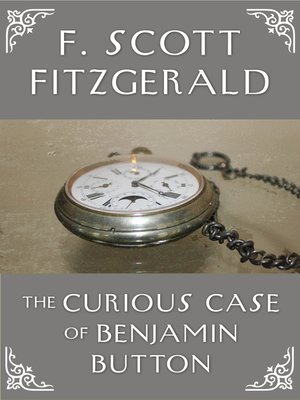
The Curious Case of Benjamin Buttonis a story written by the American author first published in Collier's magazine on May 27, 1922. It was later published in the anthology book Tales of the Jazz Age. The rights to this story belonged to American producer Ray Stark until his death in 2004.
In 2008 a film adaptation was made, directed by David Fincher, scripted by Eric Roth and starring Brad Pitt and Cate Blanchett. The screenplay differs quite a bit from the original story, coinciding only in the title, Benjamin's name and some aspects of the rejuvenation process.
Due to copyright laws in the United States, the story entered the public domain in 2010.
7) The Diamond As Big As The Ritz
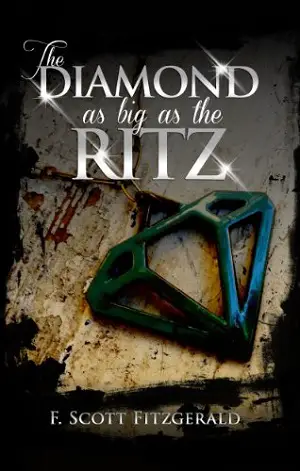
The Diamond As Big As The Ritzwas first published in the June 1922 issue of The Smart Set magazine.
John T. Unger, a teenager from the Mississippi River town of Hades, is sent to a private boarding school near Boston.
In the middle of his sophomore year, a young man named Percy Washington is placed in Unger's dormitory. He rarely speaks, and when he does, it is only to Unger. Percy invites Unger to spend the summer at his house, which he says only that it is "in the West.
During the train ride, Percy boasts that his father is "by far the richest man in the world" and brags that his father "has a diamond bigger than the Ritz-Carlton Hotel".
Unger learns that he is in Montana and that Percy's boasts are true.
8) This Side of Paradise
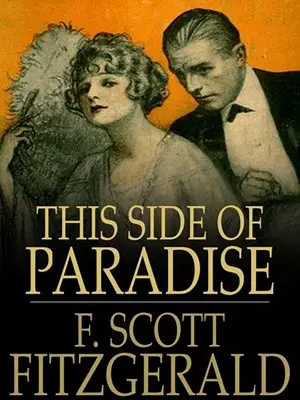
This Side of Paradiseis the American writer's first novel, published in 1920. Its title comes from a passage of the poem Tiare Tahiti by Rupert Brooke.
The book recounts and analyzes the morals of the young protagonist in wartime. Amory Blaine, a wealthy and handsome Princeton University student who occupies most of his time writing. His experiences are surrounded by romanticism, so longed for in the United States after the sufferings of the past wartime, but which will only lead him to a deep disillusionment.
In his later novels, Fitzgerald tends to develop the themes of love perverted by greed and the quest for prestige. Many critics believe that the figure of the protagonist, Amory Blaine, is based on Fitzgerald himself, who, like Amory, studied at Princeton before being drafted into the army.


